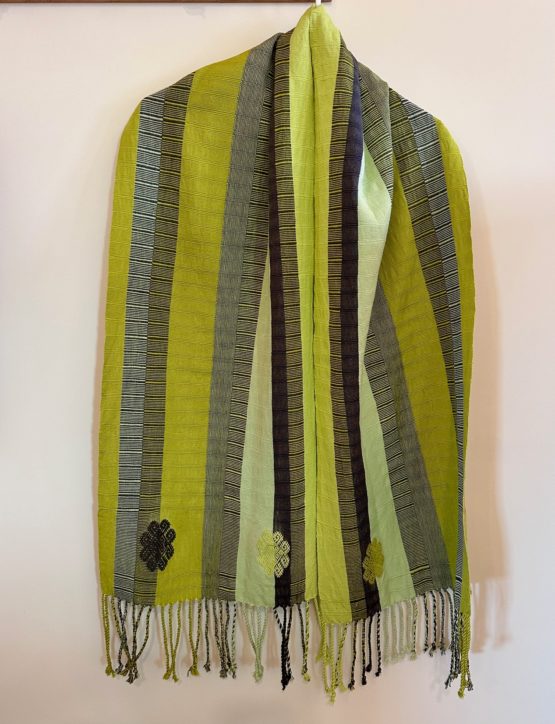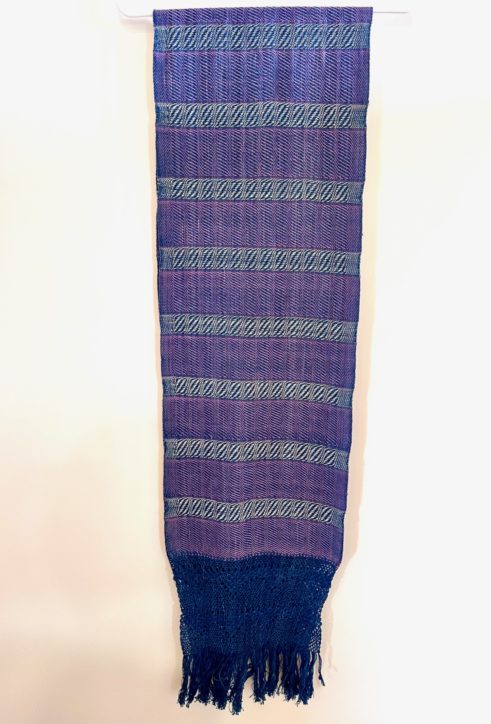I arrived in Albuquerque, New Mexico, on Thursday afternoon. After getting up at three o’clock in the morning to get in the taxi at four o’clock to arrive at the airport forty-five minutes later, I’d say the trip was pretty easy. It was a mere six hours plus from Oaxaca through Houston to get here, with the added pleasure of going through immigration and customs.
Where have you been? the agent asked. When I answered, we engaged in a four minute conversation about the beauty of Oaxaca and how much he wanted to visit. I encouraged him. The next question was, Are you bringing in any fruit, vegetables, or alcohol?
Yes, I answered, two bottles of mezcal for my son. He smiled and waved me through.
When I left Oaxaca, it was over ninety degrees, oppressively hot, and this reaffirmed how important it is to stay sheltered. By nine in the evening, the house was hotter than outside, and I stayed under the palapa outdoors until it cooled off enough to climb in bed with all the windows open and two fans providing air movement.
Butch and Tia, my two dogs, were splayed on the patio under the palapa for eighteen hours, their underbellies on the cool concrete, keeping their body temperatures regulated. Fur coats are not required for this level of heat.
In the last week I was there, all we talked about was the heat, how to stay cool, and the alarming drought.
It hasn’t rained much in the last two years. My neighbors are drilling wells to get water to their corn fields. I read last week that the temperatures were eleven degrees above normal. Delivery of drinking and household water was delayed by as much as two to three weeks. I went to the beauty salon in the city to get my hair washed so I wouldn’t use water unnecessarily and deplete the levels in my tinaco (rooftop water tank). The honest truth was that I was looking forward to returning to New Mexico for some cooler air, and I got it.
I’m back in Taos where daytime temps are hovering in the low-fifties, and at night it’s getting down to a delightful twenty-six degrees. Snuggling under a pile of blankets is heaven after Oaxaca’s oppressive heat. One marvel of returning in early spring is that I can still enjoy the view of Taos Mountain still covered with a bit of snow.
Now, I’m hunkering down to do my taxes and then take care of medical appointments in preparation for late May right knee replacement. I’ll keep you posted.
Meanwhile, Shop Oaxaca Culture should open up by early next week. We have lots of beautiful clothing, baskets, and folk art from everywhere: The Oaxaca Coast, Michoacan, Chiapas, and the Mixteca Alta. Stay tuned for shop opening announcement.
Saludos!

.
















































































